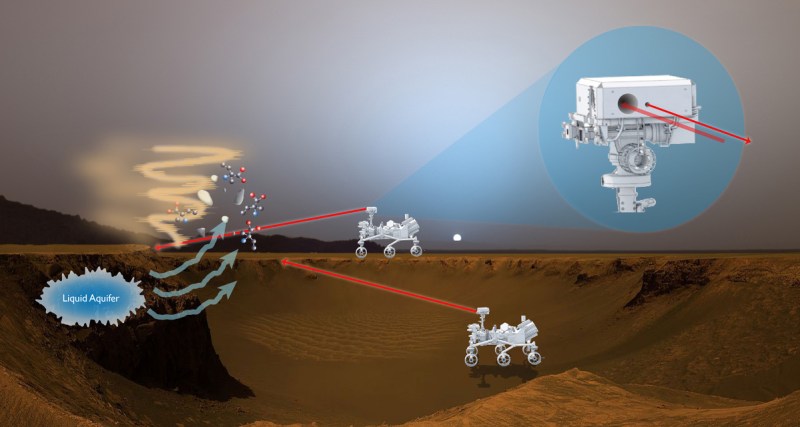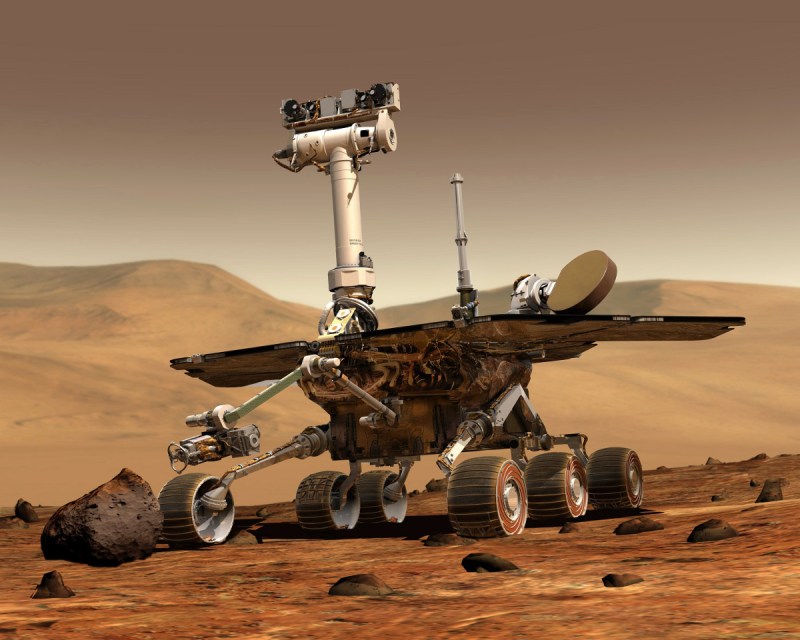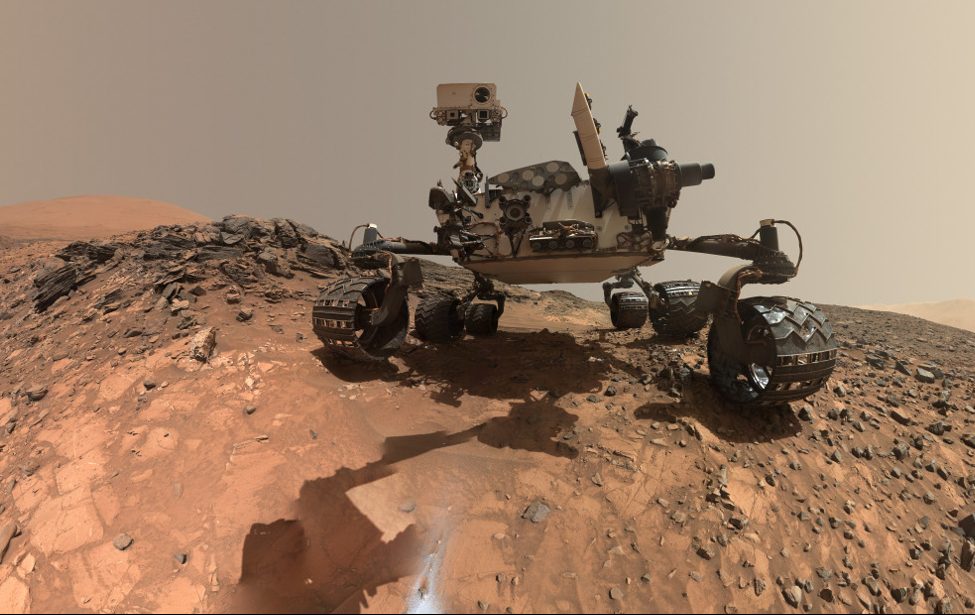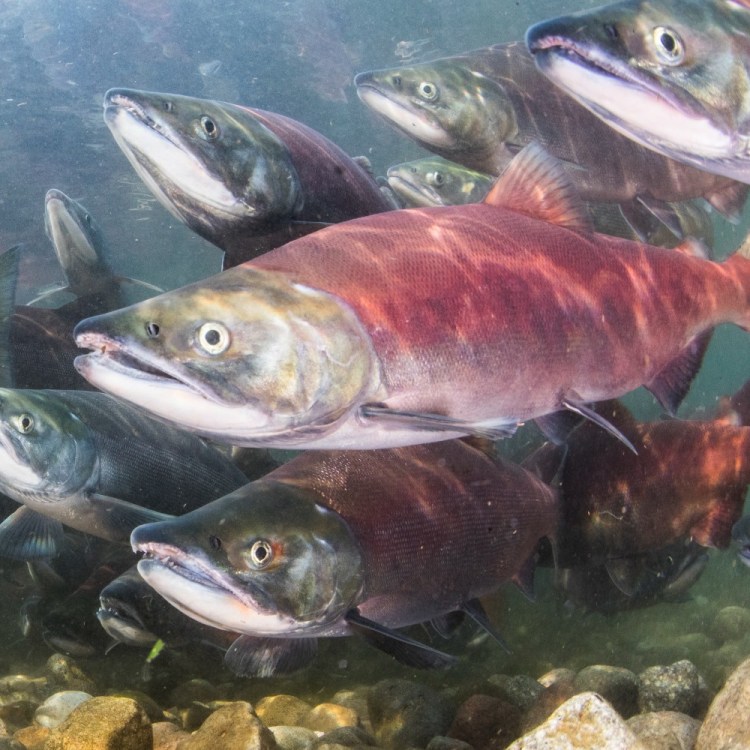
(NASA)
NASA recently announced that they’re putting military technology to work on Mars, where it could help researchers find signs of life.
Technologists at Maryland’s Goddard Space Flight Center made a prototype version of what they’re calling a Bio-Indicator Lidar Instrument (or BILI, for short), which remotely monitors the air for organic biosignatures. It’s based on technology that the U.S. military uses to scan the air for chemicals and toxins, and if all goes according to plan, it will become the Mars rover’s sense of smell.
From the rover’s mast, BILI would scan the air for dust, then pulse light at whatever dust it found in the air with two ultraviolet lasers and analyze any resulting fluorescence. Scientists would use that data to figure out if that dust contained any organic matter, and to determine the age and size of each particle found.

BILI’s remote functioning is what makes it such a valuable part of the rover’s toolkit. It has a several hundred meter range, meaning that it can scan and read the air in places where the rover itself can’t travel. That distance also protects samples gathered by the rover from contamination. Branimir Blagojevic, who leads the BILI development team at Goddard, calls it an “excellent complementary organic-detection instrument, which we could use in tandem with more sensitive, point sensor-type mass spectrometers that can only measure a small amount of material at once.”
There’s also talk of installing BILI on orbiting spacecraft to read the solar system itself for bio-signatures, but for right now the focus is on Mars. Learn more information from NASA here.
This article was featured in the InsideHook newsletter. Sign up now.
























